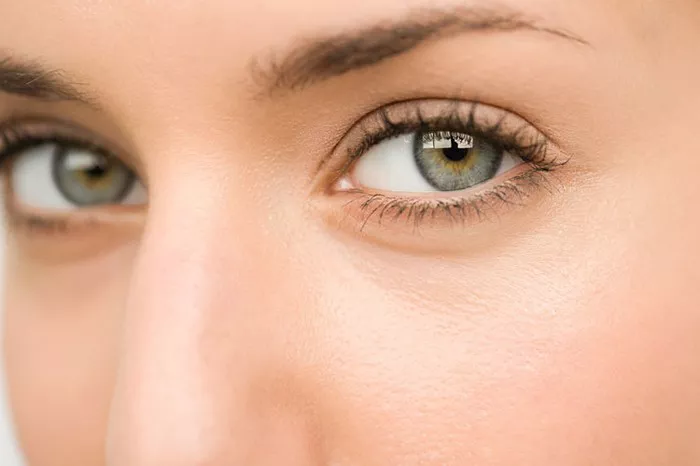Eyelid surgery, also known as blepharoplasty, is a surgical procedure that aims to rejuvenate the appearance of the eyes by addressing issues such as sagging skin, excess fat, and muscle laxity. Like any surgical procedure, eyelid surgery involves a recovery period during which patients may experience various changes in their eyelids’ appearance and texture. One common concern is the presence of bumps or irregularities on the eyelids after surgery. In this article, we will explore the factors contributing to post-eyelid surgery bumps, their duration, and what patients can expect during the healing process.
Understanding Post-Eyelid Surgery Bumps
Blepharoplasty is a delicate procedure that involves making incisions in the eyelids, removing excess tissue, and repositioning fat deposits if necessary. While surgeons take utmost care to achieve smooth and natural-looking results, bumps or irregularities can occasionally develop during the healing process. These bumps can be attributed to several factors:
Swelling: Swelling is a common side effect of any surgical procedure, including eyelid surgery. Swelling can lead to the appearance of bumps or unevenness on the eyelids as the tissues heal and the body’s natural processes work to resolve inflammation.
Scar Tissue Formation: As the incisions heal, scar tissue can develop beneath the skin’s surface. Scar tissue might feel firmer or different in texture than the surrounding skin, resulting in the sensation of bumps.
Suture Placement: Sutures are used to close the incisions after eyelid surgery. While these sutures are usually placed meticulously, their presence can contribute to the sensation of bumps until they are removed during the healing process.
Fat Redistribution: In some cases, fat deposits might be repositioned during surgery. This redistribution of fat can initially lead to irregularities on the eyelids, which typically resolve as the tissues settle into their new positions.
How Long Do Bumps Last After Eyelid Surgery?
The duration of bumps or irregularities following eyelid surgery can vary depending on individual healing factors and the extent of the procedure. While every patient’s experience is unique, here is a general timeline of what to expect:
1. Immediate Postoperative Phase (Week 1-2): In the first couple of weeks after surgery, swelling and bruising are common. Bumps or irregularities might be more pronounced during this phase due to the effects of swelling. However, as the swelling gradually subsides, these irregularities tend to improve.
2. Early Healing Phase (Weeks 3-6): As swelling continues to decrease, the appearance of bumps or irregularities should start to diminish. Scar tissue beneath the skin also begins to soften and flatten, contributing to a smoother eyelid texture.
3. Mid-Healing Phase (Weeks 6-12): By this time, most of the initial swelling and inflammation should have resolved. Bumps caused by swelling or scar tissue typically continue to improve, and the eyelids may appear more refined.
4. Long-Term Healing Phase (Months 3-6 and beyond): As the body completes its healing process, any residual bumps or irregularities should continue to fade. By the three to six-month mark, most patients notice a significant improvement in the texture and appearance of their eyelids.
Managing Post-Surgery Bumps
While bumps or irregularities are a natural part of the healing process, patients can take certain steps to support their recovery and minimize these concerns:
Follow Post-Operative Care Instructions: Adhering to the surgeon’s post-operative care instructions, including proper wound care, the use of prescribed ointments, and attending follow-up appointments, is crucial for optimal healing.
Maintain Patience: Healing is a gradual process, and the appearance of the eyelids will continue to evolve over several months. It’s important to have realistic expectations and understand that bumps are often temporary.
Massage and Scar Care: Some surgeons recommend gentle massaging of the eyelids once the incisions have fully healed. This can help soften scar tissue and promote smoother healing.
Stay Hydrated and Rest: Drinking plenty of water and getting adequate rest can contribute to overall healing and help reduce postoperative swelling.
Conclusion
Bumps or irregularities that appear after eyelid surgery are often a normal part of the healing process. These issues are typically related to swelling, scar tissue formation, suture placement, and fat redistribution. While these concerns may be initially noticeable, they tend to improve over time as the body heals. Patients can support their recovery by following their surgeon’s post-operative care instructions, practicing patience, and maintaining open communication with their medical team. If patients have any concerns about their healing progress, they should reach out to their surgeon for guidance and reassurance.

